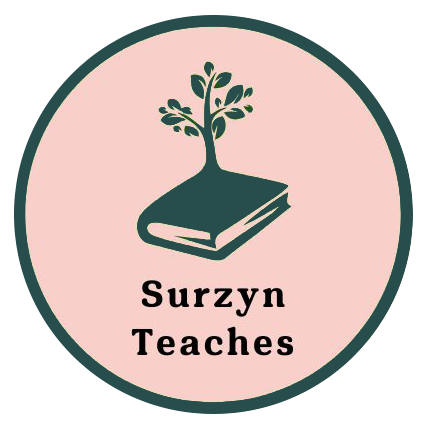Recently I had the pleasure of listening to Gever Tulley deliver the keynote at the American School Foundation of Monterrey Live Curious Go Beyond Conference. Tulley is the founder of Brightworks and the Tinkering School in San Francisco as well as the author of 50 Dangerous Things (You Should Let Your Children Do).
On an average teaching day, I may read Macbeth with my students, facilitate literature circles and teach the finer aspects of essay writing – why would a school focused on tinkering and using power tools be of interest to me? This question digs into some of the deeper issues within education. However to maintain a spirit in accordance with what one of my students said recently, “the secret stands in finding your area of influence,” I will focus on the English classroom.
The reason why Tulley was inspiring for me was his spirit of innovation and his really cool ideas, in particular this one:
 Recently I took a risk with a PBL (Project Based Learning) which included lit circles on novels related to a social justice issue, quizzes to check in on reading comprehension, inquiry based research based on student developed questions, publication of findings through an infographic and the final creative assessment which consisted of the question: How will you creatively show your learning?
Surely, this is a cringe-worthy moment for teachers, imagining what kinds of results they will get. I’m sure Gever Tully had some moments of panic before handing over power tools to young kids. I had no idea what the students would produce or how far they would push themselves to learn and I don’t think the students did either; but, going back to Tulley’s talk, Idea No. 2 rang true.
Recently I took a risk with a PBL (Project Based Learning) which included lit circles on novels related to a social justice issue, quizzes to check in on reading comprehension, inquiry based research based on student developed questions, publication of findings through an infographic and the final creative assessment which consisted of the question: How will you creatively show your learning?
Surely, this is a cringe-worthy moment for teachers, imagining what kinds of results they will get. I’m sure Gever Tully had some moments of panic before handing over power tools to young kids. I had no idea what the students would produce or how far they would push themselves to learn and I don’t think the students did either; but, going back to Tulley’s talk, Idea No. 2 rang true.
 The projects students produced ranged widely: from a chemical experiment in an elementary classroom to show the affect of pollution in water, to art projects, to school poster campaigns (some ended up on the basketball nets) to students teaching students about topics ranging from conflicts to art to consumerism to Boko Haram to child slavery, to name a few. One group coupled their love for theatre with their research by creating a series of short skits about refugees which they performed for grade 4 students.
The projects students produced ranged widely: from a chemical experiment in an elementary classroom to show the affect of pollution in water, to art projects, to school poster campaigns (some ended up on the basketball nets) to students teaching students about topics ranging from conflicts to art to consumerism to Boko Haram to child slavery, to name a few. One group coupled their love for theatre with their research by creating a series of short skits about refugees which they performed for grade 4 students.
The students were proud of the work that they had done.
Of course, the PBL wasn’t perfect. In the feedback from students they requested more time (of course), more check-ins (very important for every PBL), and a more structured system for collaborating with other teachers. The last one was especially tricky since schedule conflicts prevented students from teaching every section of a class, which would have certainly been beneficial for everyone involved.
However, the PBL was a success – the students had taken ownership of their learning and were pleased to have had the freedom to pursue their own research and present their findings in a way that was different from the usual essay.
I took a risk with my students, and at the end of the day, they didn’t let me down because I trusted them to take responsibility for their learning. The students weren’t using power tools, but they were certainly directing their own learning and that’s the tinkering spirit that can be found in any classroom.

Inspiring idea from Gever Tulley’s talk

Important Idea No.2
- A poster campaign on technology’s influence on our privacy rights and its effects on consumerism, inspired by the book, Feed by M.T. Anderson
- Poster campaign on research about the affects of slavery, connected to the book, Beloved by Toni Morrison
- Poster campaign on the environment based on research connected to the book, The Road by Cormac McCarthy.
- Art display on the affects of slavery, inspired by the book, Beloved by Toni Morrison.
- Playbill for the skits created about refugees, connected to research on Syrian refugees, inspired by the book, What is the What by Dave Eggers.
- A controversial poster campaign on white beauty standards connected to the book, The Bluest Eye by Toni Morrison.
- Informative poster on the conflict in Syrian, inspired the book, The Kite Runner by Khaled Hosseini.









